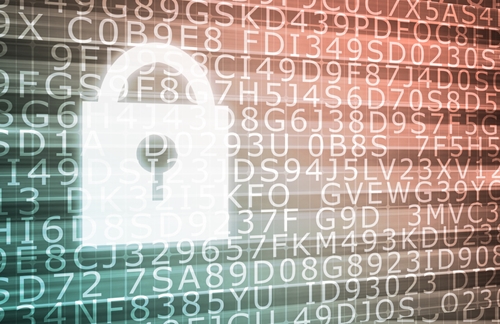The regulations placed on practitioners by the Health Insurance Portability and Accountability Act drive home the need for telemedicine technology that is as secure as it is effective. Here are a few things to keep in mind.
Focus on your network security
One of the chief things impacting the security of your telemedicine operation is the strength and security of your network. Due to the highly sensitive information that is stored on your servers – data such as patient profiles, electronic health records, treatment plans and progress reports, among others – it’s imperative that your telemedicine technology is set up on an encrypted network. This means that the network can’t be accessed by outside users, and requires a username and password to enter. It also includes firewalls and other protection measures to help keep intruders out.
Leverage WebRTC for secure real-time communications
Some software applications that are commonly used in telemedicine applications for video/audio communications require you to install plug-ins. As with any file downloaded from the internet, this can be dangerous, especially if your PC does not have secure firewall configurations. We recommend using telemedicine platforms built on WebRTC open source technology because it provides a secure option for real-time communications.
“Real-time communications on WebRTC technology have added layers of security.”
Using a browser-based telemedicine platform based on WebRTC to transmit real-time video and voice communications comes with the added bonus (besides being less expensive) of built-in features that address security concerns. WebRTC safeguards sensitive patient communications using end-to-end encryption between peers and DTLS and SRTP security standards, so eavesdropping and information tampering cannot take place.
Account for new types of data being stored
Any modern healthcare practice will have a growing collection of patient records stored electronically. Telemedicine visits not only add volume to these electronic health records, but create new types of data for administrators to protect as well. In addition to the notes and standard health records, telemedicine visits can often include medical video and images, vital sign snapshots, ECG reports, medical forms, prescriptions and other information that is all part of the patient’s record. As such, it’s critical that you devise a way to secure and store these additional assets with the same consideration given to security as the more standard data.
Using a telemedicine platform with HL7 integration, such as AGNES Interactive, helps ensure the data from clinical telemedicine visits is securely transferred directly into your EMR and eliminates the security risk of temporarily storing data on your hard drive.





